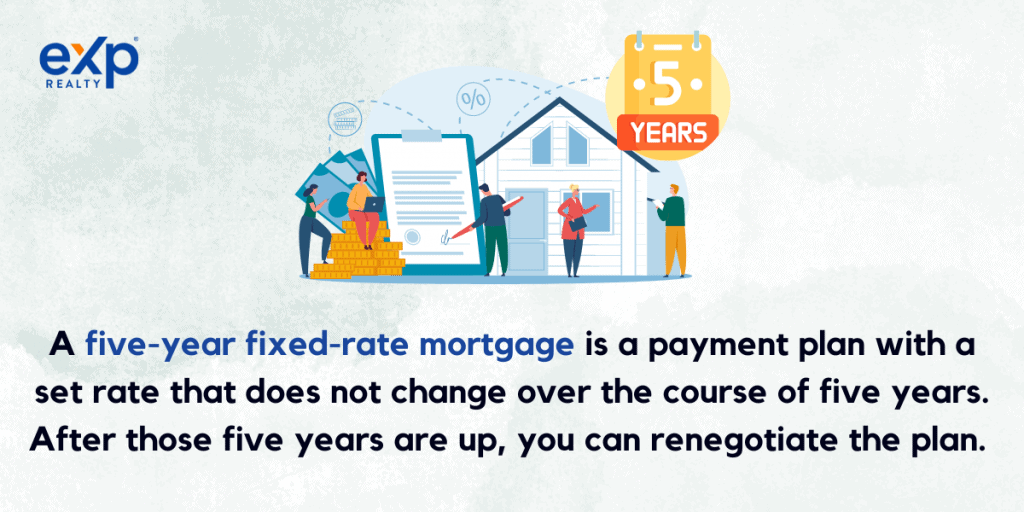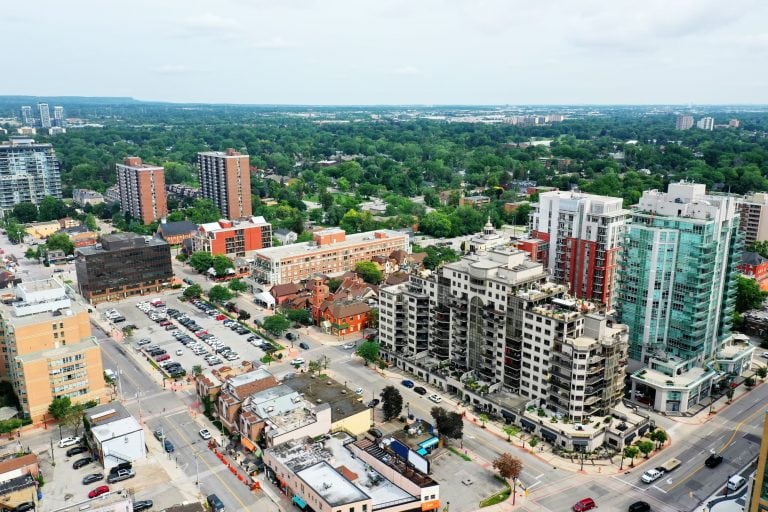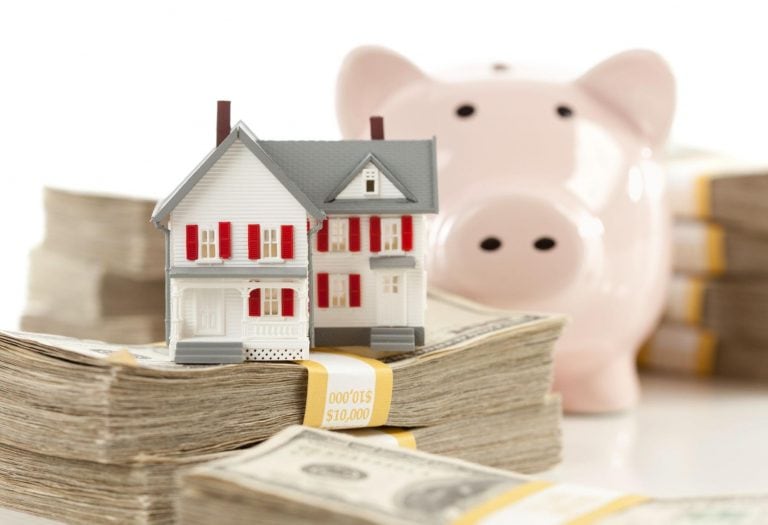Nothing about buying a house is straightforward, least of all, negotiating the mortgage. For many, it’s easier to just go with the default mortgage terms and refrain from getting their hands dirty. This might come as a temporary relief, but really you’re just hurting yourself in the long run. It’s better to put the time and energy into negotiating a mortgage rate that could save you tens of thousands of dollars over the long run. Whether you’re looking for a nice, quiet country house for sale in Ontario or a flashy condo in Vancouver, negotiating your mortgage should be a top priority during the buying process.
Before Negotiating Mortgage Rates In Canada
The average term for an amortization period (the amount of time you spend paying off a mortgage) is 25 years. Depending on the terms you settle on with your lender, the pace and rate at which you pay during those 25 years might vary, but just know that you’re making a long-term commitment while negotiating your mortgage.
Another thing to keep in mind is that the interest you pay on your mortgage is not tax-deductible in Canada. Because there’s no way of lessening the impact of your mortgage spending, it’s in your best interest to negotiate a favourable low mortgage rate with your lender and keep that rate low throughout the duration of the loan.
How to Negotiate Mortgage Rates in Canada
Before anything, get pre-approved for a mortgage. This is kind of like paying ahead for a hotel. Get pre-approved, and you’ll be able to get to the meat of a mortgage negotiation a lot faster than you would otherwise. Getting pre-approved for a mortgage is not only a great way to win a real estate bid on a house you’re interested in, but it also puts you on a solid footing for mortgage negotiation.
Remember, the main reason people defer negotiations is that they don’t want to spend any more time worrying about it. The main foe to buying a home is mental exhaustion, and the more you prepare for negotiation ahead of time, the less chance you’ll get worn out and just accept whatever rate they give you.
Once you’re pre-approved, use a mortgage calculator and figure out what rate you’re willing to spend. Though mortgage calculators won’t give you the definitive answer to what kind of rate you can expect, they’ll give you a ballpark answer that will help you prepare and plan accordingly. Once you’ve got that number, lock it in on your end and, during the negotiation process, never let yourself go above it. Set your parameters first. If after going through different lenders you can’t get a deal that will meet your requirements, reevaluate those requirements and try again.
Choose The Best Lender
Don’t just go to the first lender you see, shop around a bit, but try to stay within a narrow range of lenders. Getting a mortgage is one of the few times in the home buying process where you, the buyer, have the advantage. Remember, lenders want to lend money.
Ask for their best offers and see which is most attractive. It won’t be as simple as a rate. With each negotiation, there will be plenty of little factors (like loan lengths, the possibility of renegotiation, etc.) that will make each deal presented to you a little different from the others. You’ll need to stay sharp and keep track of the particulars of each deal. If you can manage to do this, you’ll be able to choose the best lender to negotiate with.
Aim For a Five-Year Fixed-Rate Mortgage
Five-Year Fixed-Rate Mortgage, now that’s a mouthful. What does it mean though and how would it help you to negotiate for one of these? A five-year fixed-rate mortgage is a payment plan with a set rate that does not change over the course of five years. After those five years are up, you can renegotiate the plan.
Because A: your interest payments are not tax-deductible, and B: interest rates are forecasted to rise, it makes sense that, if you’re buying a house nowadays, to try to lock your mortgage rate in at the lowest rate possible. A few years ago it would make sense to get a variable–rate mortgage (a mortgage where the interest rate can change over the course of the loan-payment period) but in the interest of saving money, it’s better to just stick with a fixed-rate loan in today’s economic climate.
If after five years it looks like the market might swing around towards lower interest rates again, by all means, try to renegotiate for a five-year open variable-rate mortgage. We stress the term open because you can make more payments at once and avoid penalties for doing so with an open variable-rate mortgage. This way, you can take advantage of a brief spell of lower interest rates and save a considerable amount of money.
To counterbalance that, the lender will often raise your interest rate slightly if you choose to go with an open variable-rate mortgage so that even if you paid off your whole mortgage during a period of low rates, they’d still make money off your loan in the process.
Now That You Know Better, Negotiate.
As you might have guessed, there’s no magical best-case scenario when negotiating a mortgage. The house always wins, and the lenders will always collect a decent amount of money in interest, otherwise, they wouldn’t be very good lenders. It’s good to get a mortgage broker to help you think this through, but to put it simply, if you want to negotiate your mortgage rate in Canada, it’s best to aim for a fixed low-interest rate in times of market unpredictability and a variable open rate when the market is more stable, and you feel like taking more of a risk.















